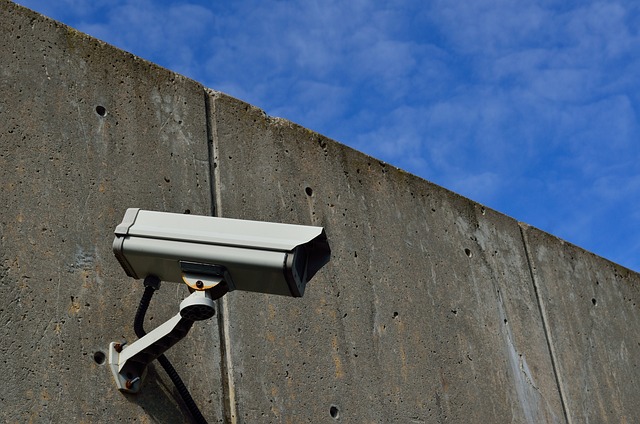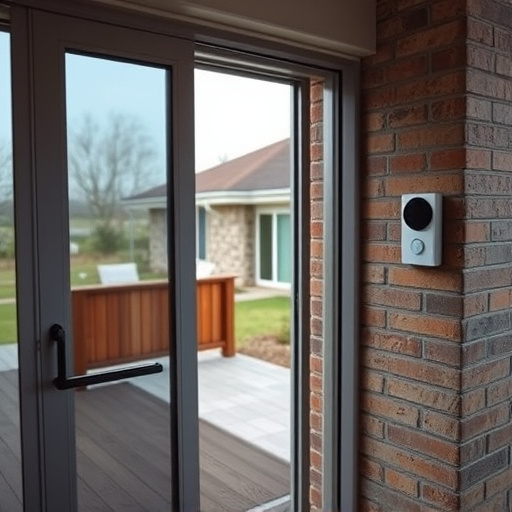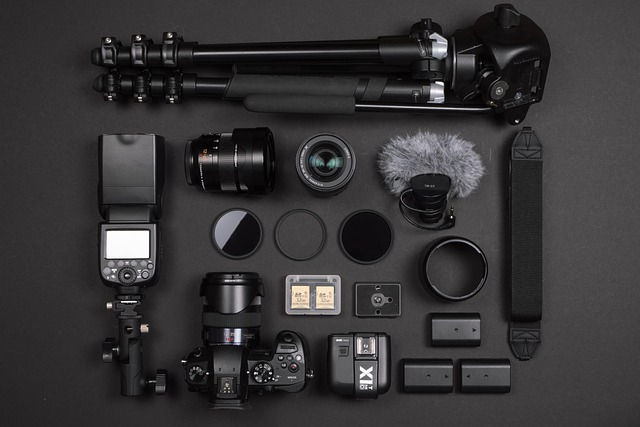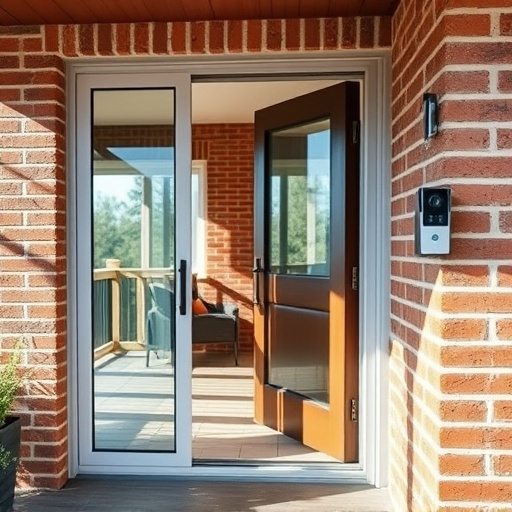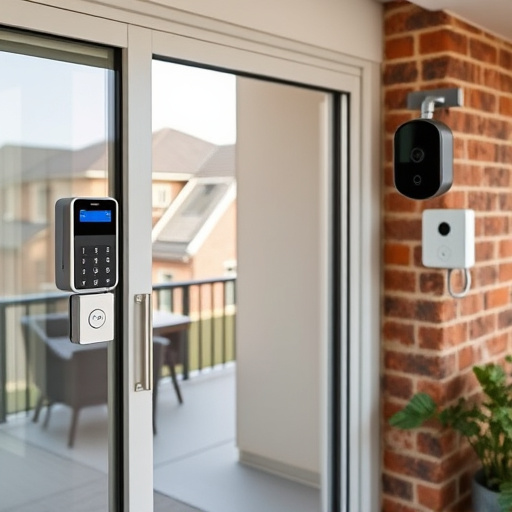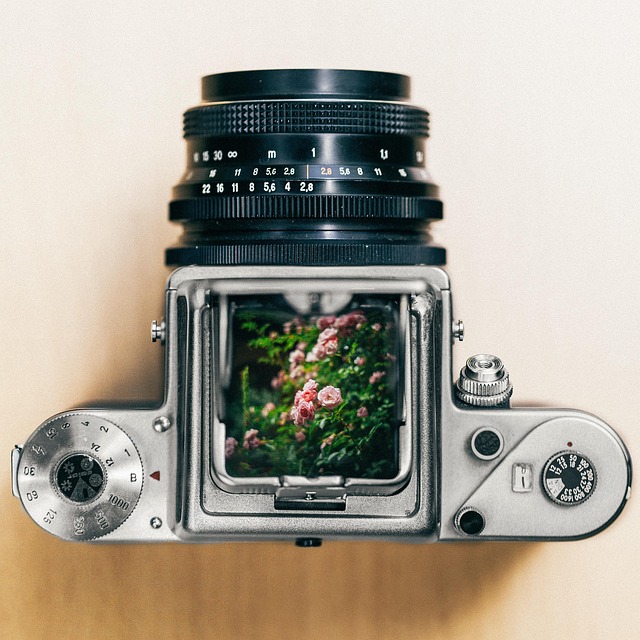Selecting the right security camera involves understanding your property's unique layout and security needs. Consider space size, monitoring priorities (e.g., motion detection), desired detail level, placement (indoor/outdoor), connectivity (wired vs wireless), features like resolution, night vision, two-way audio, storage options, and integration with smart home networks. Choose an ideal home camera that offers easy setup, seamless integration, and tailored features for an effective security camera part of the best security system. Regularly optimize placement, test system functionality, stay updated with software patches, and implement smart routines to maximize your chosen security camera's potential.
Choosing the right security camera for your home is a crucial step in enhancing your safety and peace of mind. This comprehensive guide will walk you through the home security selection process, from understanding your unique needs to integrating with existing systems. We’ll explore different types of security cameras, key features to consider, and provide best practices for installation, maintenance, and monitoring. Discover how to select the ideal home camera that offers an effective security system tailored to your lifestyle.
- Understanding Your Home Security Needs
- Types of Security Cameras Available
- Key Features to Look for in a Home Security Camera
- Installation and Setup Considerations
- Integrating with Existing Home Automation Systems
- Best Practices for Maintaining and Monitoring Your Security System
Understanding Your Home Security Needs

Understanding your home security needs is the first step in finding the right security camera. Consider factors such as the size and layout of your home, areas that require constant monitoring, and specific concerns like motion detection or night vision. The ideal security camera for a small apartment might differ from one suitable for a large family home with multiple levels. A comprehensive best security system should seamlessly integrate all your safety requirements, providing an effective solution tailored to your unique needs.
When choosing security cameras, think about the level of coverage you desire. Do you need a wide-angle lens for open spaces or a telephoto lens for close surveillance? Additionally, consider connectivity options: wireless cameras offer flexibility but require robust signals, while wired systems provide stable connections. The right home security selection should align with your technology preferences and budget, ensuring peace of mind without unnecessary features or costs.
Types of Security Cameras Available

When it comes to selecting the right security camera for your home, there are several types available in the market today, each with unique features catering to different needs and preferences. The home security selection process involves understanding the specific requirements of your property and choosing a camera that offers comprehensive coverage without breaking the bank. Whether you’re looking for an ideal home camera or considering the best security system, several factors come into play.
Firstly, decide on the placement: outdoor or indoor. Outdoor cameras are generally weatherproof and offer wider angles, while indoor models focus on clear, detailed footage of interior spaces. Secondly, assess your budget. Prices vary widely based on features, resolution, and storage capacity. Thirdly, consider connectivity options: wired cameras offer reliable connections but require professional installation, whereas wireless models provide flexibility and DIY installation. Lastly, evaluate additional features like motion detection, night vision, and two-way audio, which enhance the effectiveness of your security camera in safeguarding your home.
Key Features to Look for in a Home Security Camera
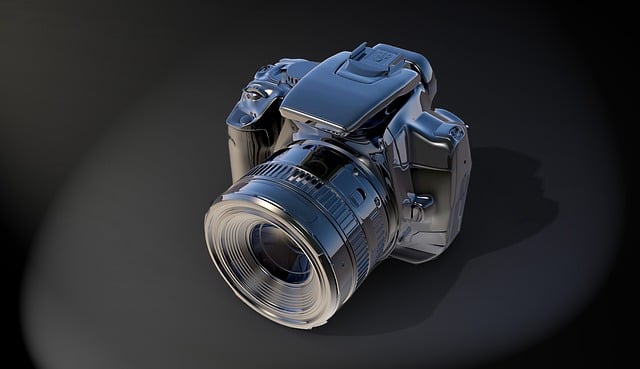
When selecting a home security camera, look for key features that ensure its effectiveness as part of your overall best security system. Start by considering resolution; higher definitions (like 4K) offer sharper images, crucial for identifying faces and objects. Night vision capabilities are equally important, allowing the ideal home camera to capture clear footage even in low-light conditions.
Motion detection is another essential feature. A right security camera should be able to differentiate between true threats and harmless movements, thus minimizing false alarms. Storage options vary; some cameras offer cloud storage while others rely on local memory cards or hard drives. Consider your privacy and data preferences when choosing security cameras. Additionally, look for two-way audio capabilities that allow you to communicate with visitors through the camera, enhancing both security and convenience.
Installation and Setup Considerations
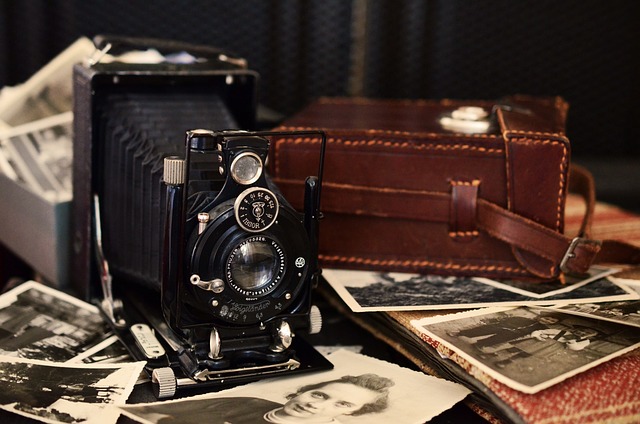
When considering the right security camera for your home, installation and setup are crucial aspects to get right. The first step is evaluating your home’s layout and identifying strategic placement points for optimal coverage. Think about entryways, windows, and any potential blind spots that could allow unauthorized access. A comprehensive home security selection often involves multiple cameras positioned both indoors and outdoors for a multi-layered defense.
Additionally, consider the ease of setup and compatibility with your existing home network. The ideal home camera should integrate seamlessly into your smart home ecosystem, allowing you to monitor activities via a user-friendly app on your smartphone or tablet. A robust best security system often comes with intuitive features like motion detection, night vision, and two-way audio, ensuring you have an effective security camera that caters to your specific needs.
Integrating with Existing Home Automation Systems

Many modern homes are equipped with smart home automation systems that control lighting, temperature, and other devices. When selecting a security camera, look for models that seamlessly integrate with your existing home automation ecosystem. This synchronization allows for centralized control and monitoring through a single interface, enhancing both convenience and security. For instance, some cameras can be connected to voice assistants like Amazon Alexa or Google Home, enabling you to ask for real-time video feeds or receive alerts via voice commands.
Additionally, consider systems that offer automation features like scheduling, motion detection, and automated recording. These capabilities ensure your home security camera not only captures footage but also responds intelligently to various events, contributing to a more comprehensive and effective security system. By choosing a compatible camera, you can create an integrated network that simplifies monitoring and enhances the overall efficiency of your smart home setup.
Best Practices for Maintaining and Monitoring Your Security System
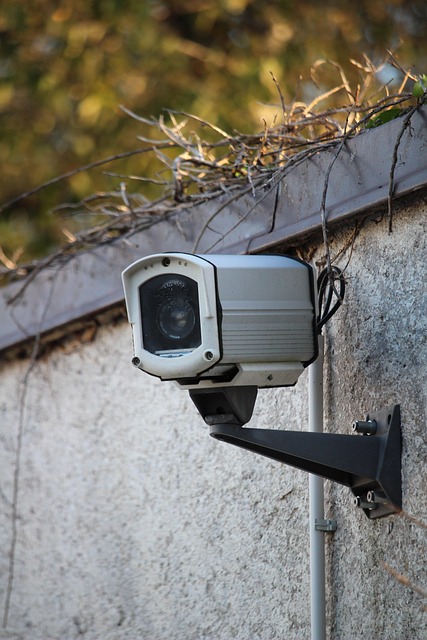
Maintaining and monitoring your security system is key to ensuring its effectiveness. Regularly review and update your camera placement to cover blind spots, ensuring every angle of your home is secured. Test your system periodically, checking connectivity and battery life, especially for wireless cameras. Stay current with software updates, as these often include enhanced features and bug fixes.
Implementing a smart security routine includes setting up motion alerts on all cameras, monitoring live feeds regularly, and reviewing recorded footage periodically. Consider integrating your security system with other smart home devices for seamless control and automation. By following these best practices, you can maximize the potential of your ideal home camera or best security system, creating an effective and efficient safety net for your abode.
